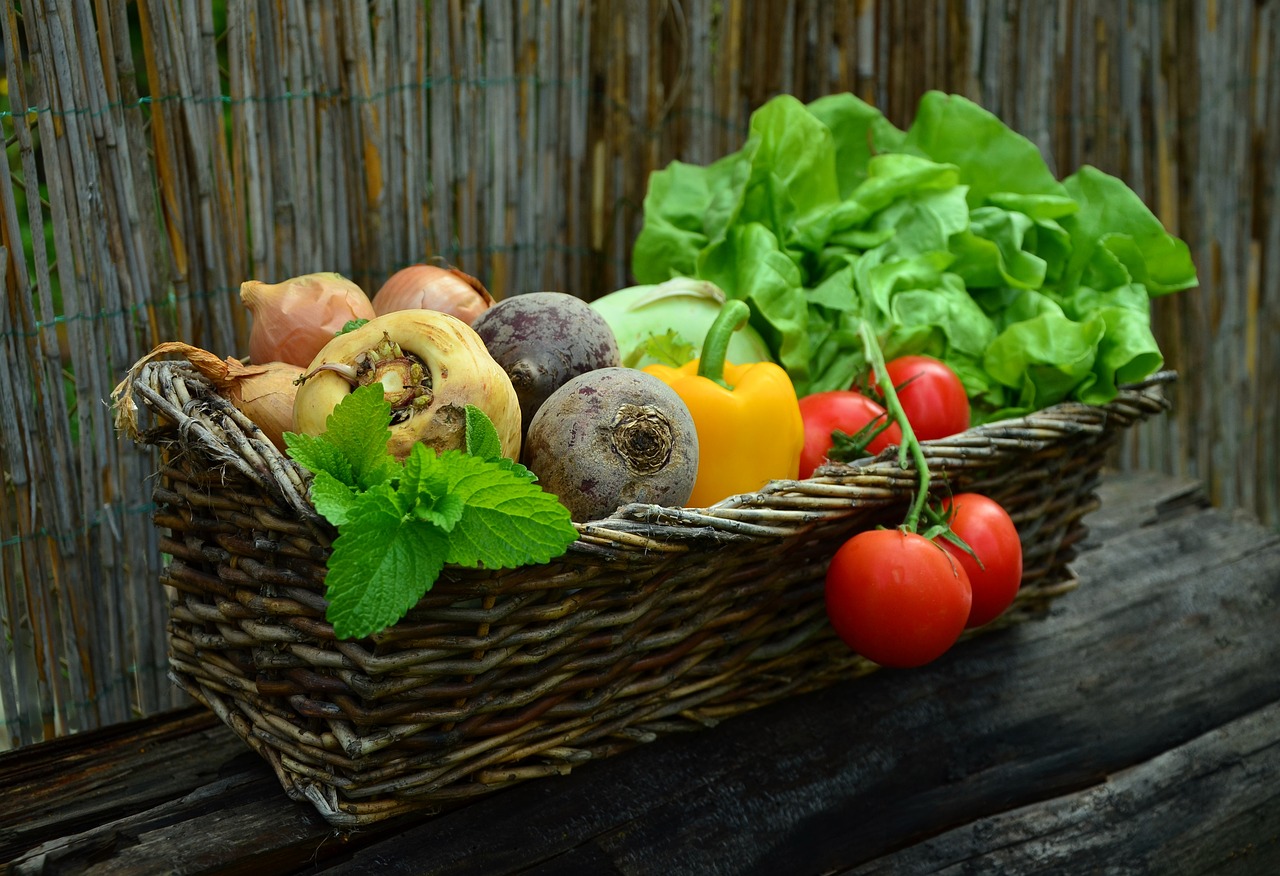Unlock Savings with Smart Habits & Advanced Strategies: Reduce Your Energy Bill Today
Energy Efficiency: Your Secret Weapon for Lower Bills
In today’s world, rising energy costs can seem like a never-ending battle. But before you throw in the towel and resign yourself to ever-growing bills, consider this: power lies within your control. By embracing smart energy habits and implementing simple efficiency measures, you can unlock significant savings and gain the upper hand on your energy bill. Let’s explore some key strategies to reduce your energy consumption and watch your bills shrink:
- Lighten Up: Embrace LED Power:Incandescent bulbs, relics of the past, guzzle energy compared to modern LED alternatives. Switching to LED lighting throughout your home can result in energy savings of up to 80%, not only reducing your bill but also minimizing heat generation and extending bulb lifespan. This simple swap is a no-brainer!
- Master the Thermostat:Your thermostat is a silent energy consumer, silently influencing your bill with every degree change. By adjusting your thermostat strategically, you can make a significant impact. Program your thermostatto automatically lower the temperature when you’re away or asleep, typically by 7-10 degrees, to significantly reduce heating and cooling costs. Remember, every degree counts!
- Appliance Audit: Identify the Energy Culprits:Not all appliances are created equal in terms of energy consumption. Conduct an appliance auditby checking the energy star ratings of your electronics and major appliances. Consider replacing older, inefficient models with newer, energy-efficient ones. Remember, the initial investment can be offset by long-term energy savings.
- Phantom Power Play:Even when electronics are turned off, many still draw small amounts of energy, known as phantom power. Eliminate this hidden culprit by unplugging chargers, adapters, and unused electronics. Investing in smart power strips allows you to easily turn off multiple devices with a single switch, further reducing phantom power waste.
- Embrace Natural Light:Let the sunshine in! During the day, maximize natural lightby opening curtains and blinds. This reduces reliance on artificial lighting, saving energy while creating a brighter, more pleasant living environment. Additionally, consider planting shade trees strategically to reduce cooling needs in the summer.
Remember, small changes add up to big savings! By implementing these energy-efficient habits, you’ll not only see a positive impact on your wallet but also contribute to a more sustainable future.
Dive Deeper: Advanced Strategies for Maximizing Energy Savings
Weatherization & Sealing the Envelope: Your home’s “envelope” – walls, windows, doors, and foundation – acts as a barrier between conditioned and unconditioned air. Cracks, leaks, and poor insulation create energy vulnerabilities. Weatherization involves identifying and addressing these vulnerabilities, effectively plugging the holes in your energy ship.
- Conduct a Home Energy Audit:Identify air leaks using a blower door test or DIY methods like smoke sticks or incense. Seal identified leaks with caulk, weatherstripping, or spray foam insulation.
- Upgrade Insulation:Consider adding insulation to attics, crawlspaces, and walls, focusing on areas with the most significant R-value (insulation effectiveness) improvement potential.
- Address Window & Door Drafts:Install weatherstripping, storm windows, or energy-efficient replacements to reduce drafts around windows and doors.
Water Heating Efficiency: Don’t Let Your Hot Water Go Cold on Your Wallet: Water heating often accounts for a significant portion of your energy bill. Here’s how to optimize hot water usage:
- Adjust Water Heater Temperature:Lower the thermostat setting to 120°F (49°C) – still hot enough for most needs while saving energy.
- Insulate Your Water Heater:Wrap your water heater in an insulation blanket to minimize heat loss.
- Consider Alternative Technologies:Explore tankless water heaters or heat pump water heaters for potentially significant energy savings, especially in warmer climates.
Smart Home Tech to the Rescue: Automate Savings and Personalize Comfort: Smart home technology can be a powerful ally in your energy-saving quest. Here are some key players:
- Smart Thermostats:Learn your habits and automatically adjust heating and cooling based on your schedule and preferences, saving energy while maintaining comfort.
- Smart Lighting Systems:Control lights remotely, set schedules, and even dim or change colors, creating energy-efficient lighting scenes.
- Smart Appliances:From smart washers and dryers that optimize water and energy usage to smart refrigerators that monitor food and adjust settings accordingly, these devices can automate energy savings.
Financial Incentives & Rebates: Unlock Savings Beyond Your Own Wallet: Don’t overlook the financial help available! Many government programs and utility companies offer incentives and rebates to encourage energy-efficient upgrades.
- Research Federal & State Incentives:Explore programs like the Energy Star tax credit or state-specific rebates for weatherization, appliances, and more.
- Check with Your Utility Company:Many utilities offer rebates for specific energy-efficient upgrades or participation in energy-saving programs.
Remember, consistency is key! By combining these advanced strategies with the foundational habits and implementing them consistently, you can achieve significant and lasting energy savings. Here are some bonus tips for maximizing your impact:
- Educate Your Household:Share energy-saving tips and encourage everyone to participate in conservation efforts.
- Consider Renewable Energy:Explore options like solar panels or wind turbines to generate your own clean energy and further reduce reliance on the grid.
- Stay Informed:Keep up-to-date with the latest energy-efficient technologies and advancements to continuously improve your home’s energy performance.
By taking control of your energy consumption, you’re not just saving money, you’re contributing to a more sustainable future. Remember, every action, big or small, makes a difference. Start your energy-saving journey today and embrace a brighter, more sustainable future!
Website References:
- Department of Energy – Energy Star: https://www.energystar.gov/: https://www.energystar.gov/
- Environmental Protection Agency – Energy Star for Homes: https://www.energystar.gov/: https://www.energystar.gov/
- National Renewable Energy Laboratory: https://www.nrel.gov/: https://www.nrel.gov/
- Energy Information Administration: https://www.eia.gov/: https://www.eia.gov/





